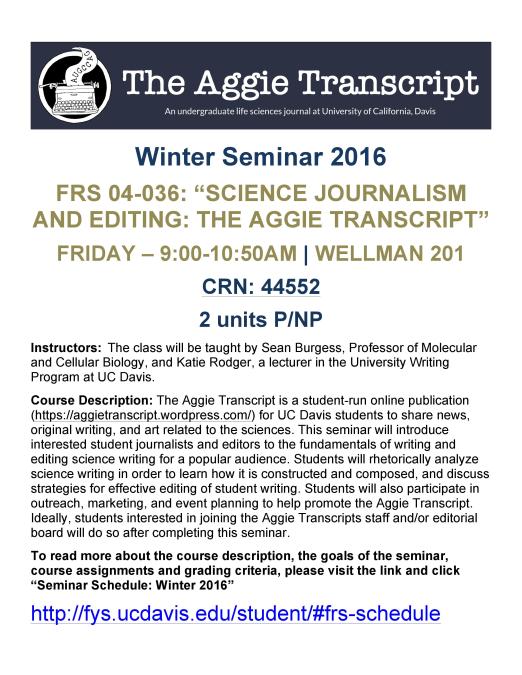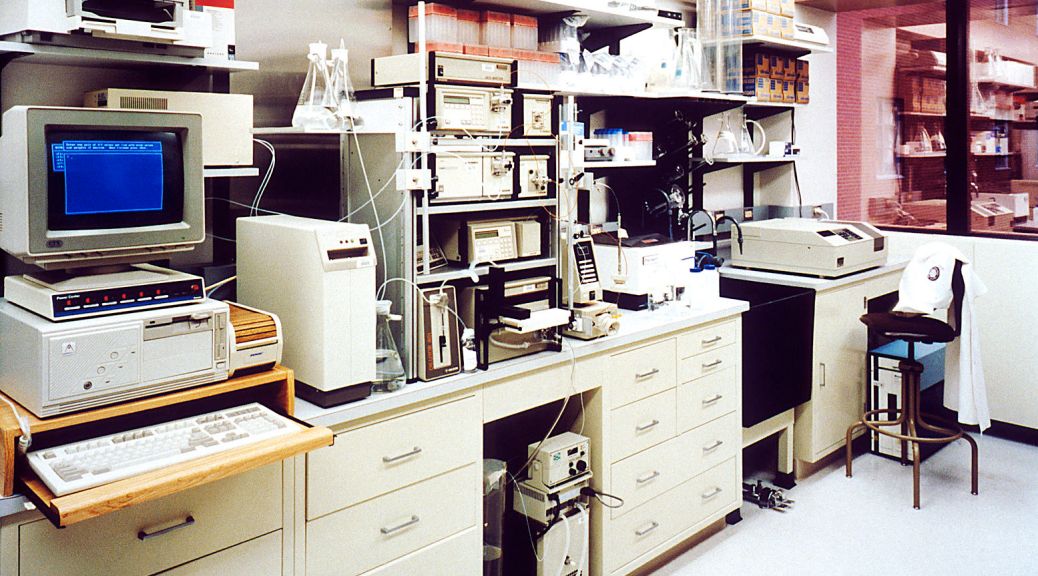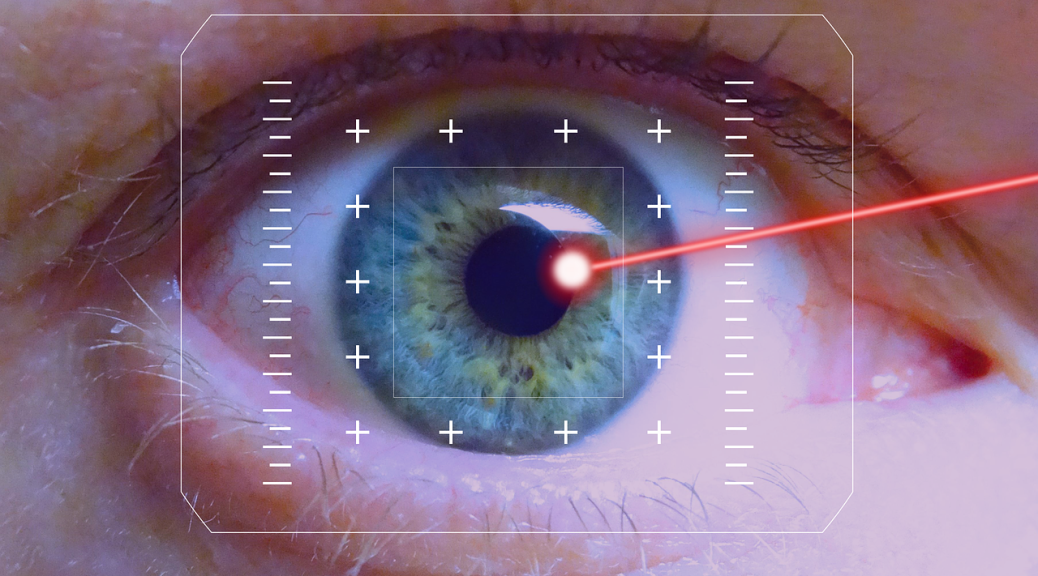By Shadeh Ghaffari-Rafi, Neurobiology, Physiology, & Behavior, ’16
At first, Jerry’s expected springtime pollen allergies didn’t bother him or seem unusual. His allergies caused mild nosebleeds, which he would stop by pinching his nose for five minutes. This past year, however, the bleeding didn’t stop.
Five years ago, Jerry relocated to Iowa for work, as the company he worked for in California closed. For the past five years, everyday, Jerry has been taking two pills, one to alleviate his heart rate, blood pressure, and heart strain and another to lower his blood cholesterol. His doctor recommended that Jerry occasionally take low dose aspirin so his blood would flow more easily, he would feel less chest pain, and avoid blood clots and severe headaches. Although he hiked and went to the gym regularly, for a 5’5’’ 56 year old man, he was slightly overweight at 165 lbs.
A nosebleed, or epistaxis, can range from mild to severe, and sometimes lead to life-threatening consequences, depending on the flow (Fried 2013). The bleeding is due to rupture of small blood vessels inside the nose. Professor of head and neck surgery at Albert Einstein College of Medicine, Dr. Marvin Fried describes minor bleedings tend to occur “more frequently in children and adolescents” and most are easily treatable, while more severe, rarer cases occur in patients over 50, with blood oozing down the back of the throat, and generally require emergency treatment. Epistaxis may result from mild conditions, including nose picking, mild allergies to pollen or environmental irritants, and moderate conditions such as trauma or prior nasal surgery. In some cases, epistaxis can occur due to life threatening conditions such as leukemia. Family history of severe or heavy bleeding tends toward more severe cases and patients at risk of cardiovascular disease tend to have severe nosebleeds. Dr. Fried emphasizes “epistaxis can be either short-term and disappear quickly or it can also occur in sudden episodes”. In some instances, epistaxis occurs with other symptoms, such as fever, headache, and dizziness. Continue reading A Work In Progress →







